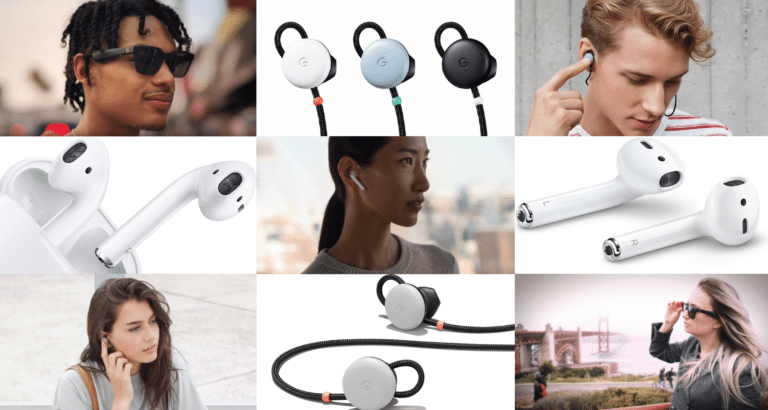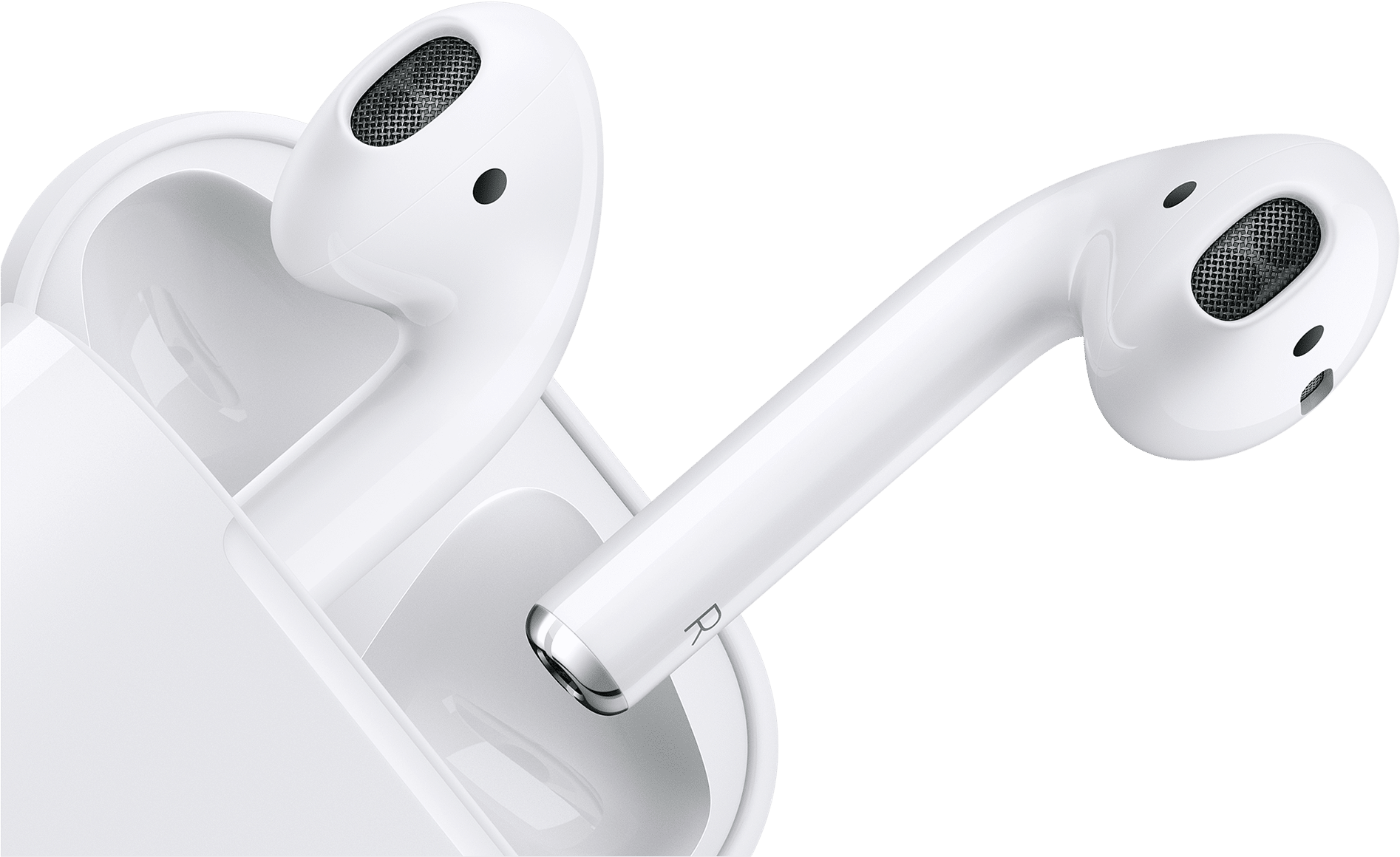
This post is adapted from ARtillery Intelligence’s latest report, Hearables: Broadening the Definition of AR. It includes some of its data and takeaways. More can be previewed here and subscribe for the full report.
In terms of penetration and impact, it could be argued that one of the most successful AR products to date is Apple’s AirPods. That statement sounds strange because the audio device isn’t often classified as AR. But it could represent and lay the foundation for AR’s unsung modality: sound.
With that in mind, we often joke that the original form of AR was radio. It augments your perception of the world while driving, jogging, or zoning out. While meant in jest, this raises a key point about expanding our conceptual understanding of augmentation. It should include all human senses.
Sound in particular could be a more viable near-term AR modality. “Audio AR” as we call it could come sooner than — and eventually coexist with — its graphical cousin. One advantage is subtlety: It’s less cumbersome than an upheld phone and it sidesteps AR glasses’ style crimes.
That discreetness could in fact be audible AR’s greatest strength. Because AR glasses are held back by cultural and stylistic factors, the subtlety of ambient audio could fill an important gap. And the potential all-day use creates a massive addressable market (in the form of time) for content.
Unpacking that a bit, AirPods’ sleekness and portability have begun to condition a use case to leave them in your ears all day. That then engenders a new channel for ambient audio. And the foundation is building with 25 million AirPods sold last year according to ARtillery Intelligence.
As always, Apple’s lead will be followed by hardware commoditization by third parties, and falling hardware component costs that engender ubiquitous penetration. Then it’s all about the apps and use cases that develop. Apple could open up its platform in the manner of iOS, and tvOS.
In fact, Bose has already beaten it to the punch. The BoseAR platform gives developers a place to build audio AR apps. It will accelerate audio AR by incentivizing developers with distribution scale from Bose’ hardware base, including one million audio-AR enabled devices by the end of 2019.

Drilling Down: Use Cases
So what will developers build on these platforms? One use case could be getting details about an upcoming business meeting or someone you’re shaking hands with at an event. LinkedIn or someone else could develop an app that delivers such audible stats on the fly.
The interplay of a glasses-mounted camera and an audio whisper could make such an app possible. The camera – also potentially housed in a lapel pin or other discreet location – could sense faces, while machine learning identifies them and audio AR delivers info subtly to your ears.
There are also societal and altruistic use cases such as helping the visually impaired. Pervasive audible intelligence could enable such individuals to operate with greater independence. Like the above business networking example, cameras can sense and translate surroundings to audio.
A less technologically-involved use case involves foreign language translation. Audio AR devices can hear and translate foreign languages on the fly, lessening friction in international travel. Google has already developed this, using its Pixel Buds in tandem with Google Assistant.
Of course, graphical AR will still develop in parallel, and will be better suited for several use cases. But audio could take over a certain share of real-world interactions like getting informed about people or surroundings. It will be conducive to local discovery, news, shopping and social pings.
There are lots of directions this could go. But the foundational principle is that we’ll all become empowered through audio cues, thus augmenting our realities. And just as graphical AR will get more textured and personalized with the AR Cloud, audio AR will follow a similar evolutionary path.
“We started to realize that there’s this whole world of audio content that you can pin to the real world,” said Bose’s John Gordon at January’s ARiA conference. “What’s the architectural tour of the city?… the blues tour? There can be layers and layers tied to the same physical space.”
See more details about this report or continue reading here.
For deeper XR data and intelligence, join ARtillery PRO and subscribe to the free AR Insider Weekly newsletter.
Disclosure: AR Insider has no financial stake in the companies mentioned in this post, nor received payment for its production. Disclosure and ethics policy can be seen here.
